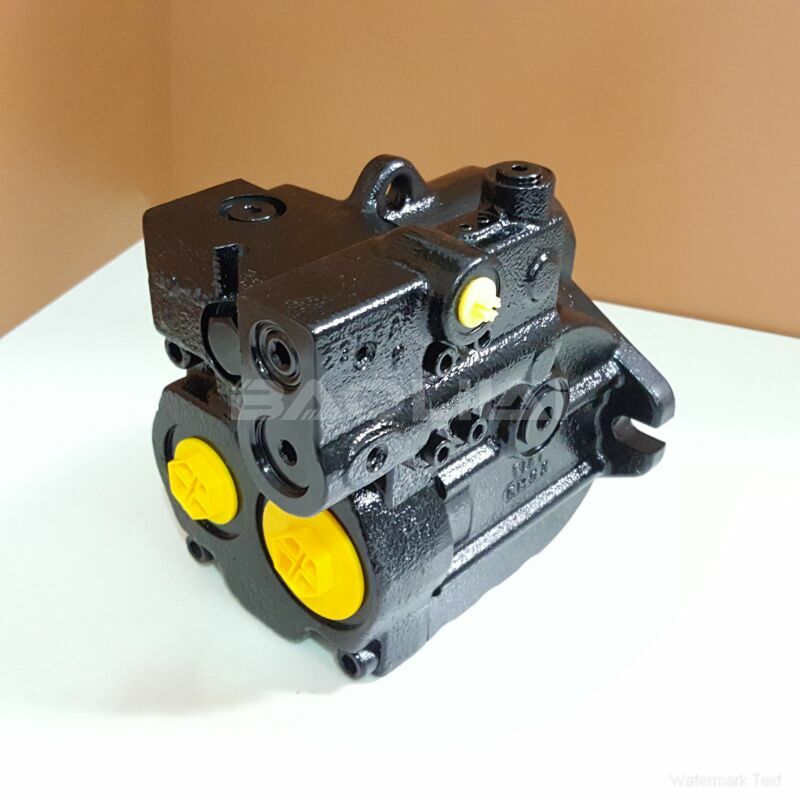KRR045DPC10NNNNN3C2NFA6NPLBNNNNNN piston pump
KRR045DPC10NNNNN3C2NFA6NPLBNNNNNN piston pump

- Product Details
- Applicable Scene
The offshore oil and gas industry relies heavily on advanced technology to ensure safety, efficiency, and reliability in extraction processes. One critical aspect of these operations is the hydraulic lifting systems employed on offshore platforms, which require high-performance hydraulic oil pumps. This article aims to explore the key considerations and design principles involved in developing hydraulic oil pumps specifically for these applications.
KR-R-045D-PC-10-NN-NN-N-3-C2NF-A6N-PLB-NNN-NNN
KRR045DPC10NNNNN3C2NFA6NPLBNNNNNN
Hydraulic oil pumps are vital components in hydraulic systems, converting mechanical energy into hydraulic energy. In offshore environments, these pumps must withstand harsh conditions, including high pressure, fluctuating temperatures, and the corrosive effects of saltwater. As such, designing these pumps requires a comprehensive understanding of both hydraulic principles and the environmental challenges presented by offshore operations.

7004125
One of the primary considerations in designing hydraulic oil pumps is the selection of materials. Components must be constructed from materials that not only provide strength and durability but can also resist corrosion and wear. Stainless steel, for example, is a popular choice due to its resistance to oxidation and pitting. Additionally, materials should be compatible with a wide range of hydraulic fluids to ensure optimal performance.
The hydraulic oil pump’s design must also account for the specific performance requirements of the lifting systems. These pumps are often required to deliver high flow rates and pressures to lift heavy loads efficiently. Engineers must calculate the necessary pump specifications, including displacement, RPM, and power output, to meet these demands. Utilizing advanced computer-aided design (CAD) software can facilitate simulations that optimize the pump geometry for maximum efficiency and performance.
Moreover, the configuration of the pump is crucial for serviceability and maintenance. Offshore platforms often experience extended periods without access to repair facilities; thus, designing pumps that are easy to maintain and service while in operation is of utmost importance. Incorporating modular components can allow for quick replacements and repairs, minimizing downtime.
Another important factor to consider is the hydraulic control system, which plays a vital role in the functionality of lifting systems. Designing a compatible hydraulic pump means ensuring that it works seamlessly with various control mechanisms, such as proportional valves and pressure sensors. Implementing smart control technologies can enhance operational efficiency, offering real-time feedback and enabling adaptive performance based on the load conditions.





